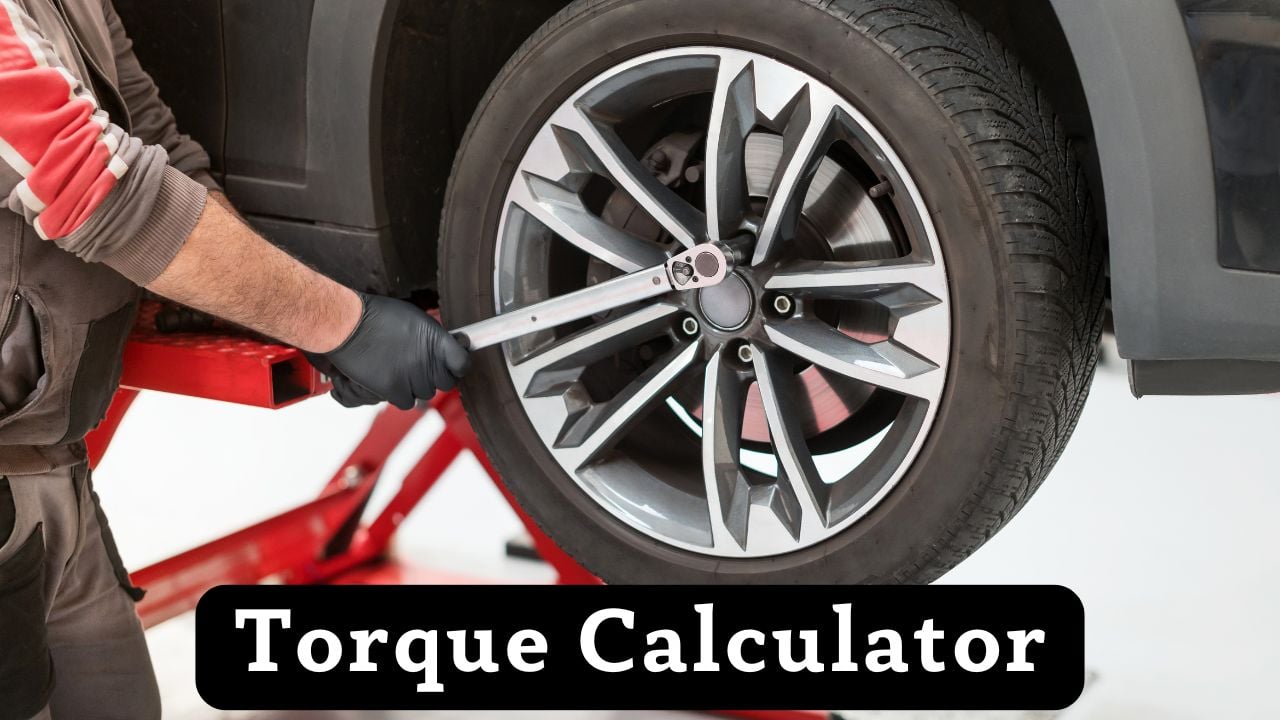
What is Torque
Torque is one of the most fundamental yet fascinating concepts in physics and engineering. Often called the “rotational force,” torque is what makes objects spin, twist, and rotate around an axis. From the simple act of opening a jar to the complex engineering of automotive engines and wind turbines, torque governs how we apply force to create rotational motion in our daily lives.
What Makes Torque Special:
- Vector quantity: Torque has both magnitude and direction (clockwise or counterclockwise)
- Depends on distance: The farther from the pivot point, the greater the torque effect
- Angular nature: Causes angular acceleration, not linear acceleration
- Perpendicular force matters: Only the component perpendicular to the lever arm counts
- Conservation principle: In equilibrium, net torque equals zero
The Physics Behind Torque
The fundamental equation for torque, τ = F × r × sin θ, reveals the beautiful relationship between force, distance, and geometry. This isn’t just a mathematical formula – it represents a profound physical principle about how nature allows us to amplify our efforts through clever positioning and leverage.
Breaking Down the Torque Formula: τ = F × r × sin θ
- τ (tau): Torque measured in Newton-meters (N⋅m)
- F: Applied force in Newtons (N)
- r: Distance from rotation axis (lever arm) in meters (m)
- θ (theta): Angle between force vector and lever arm
- sin θ: Ensures only perpendicular force component contributes
When the force is applied perpendicular to the lever arm (θ = 90°), sin θ = 1, and we get maximum torque: τ = F × r. This is why we instinctively push perpendicular to door handles and wrench handles – our bodies naturally understand the physics of optimal torque application!
Moment of Inertia and Rotational Dynamics
Just as mass resists linear acceleration in Newton’s Second Law (F = ma), moment of inertia resists angular acceleration in rotational motion. The rotational equivalent of Newton’s Second Law is τ = I × α, where torque equals moment of inertia times angular acceleration.
Rotational Dynamics: τ = I × α
- I: Moment of inertia (kg⋅m²) – rotational “mass”
- α (alpha): Angular acceleration (rad/s²)
- Physical meaning: How much torque is needed to change rotation rate
- Shape dependence: I depends on both mass and how it’s distributed
- Engineering importance: Critical for designing rotating machinery
Understanding moment of inertia helps explain why figure skaters spin faster when they pull their arms in, why flywheels store energy so effectively, and why engineers carefully design the mass distribution in rotating equipment like turbines and engines.
Power and Torque
The relationship between power, torque, and rotational speed (P = τ × ω) is crucial in mechanical engineering and helps explain why different machines are optimized for different tasks. This relationship shows that for constant power, torque and rotational speed are inversely related.
Power-Torque Trade-offs in Engineering:
- High torque, low speed: Heavy machinery, construction equipment, winches
- High speed, low torque: Turbines, high-speed motors, aircraft propellers
- Variable combinations: Automotive transmissions, variable speed drives
- Efficiency considerations: Operating at optimal torque-speed combinations
- Control systems: Managing power delivery through torque and speed control
Equilibrium and Balance
Static equilibrium occurs when the sum of all torques about any point equals zero (Στ = 0). This principle governs everything from balanced see-saws to the structural design of bridges and buildings. Understanding torque equilibrium is essential for solving real-world engineering problems.
Applications of Torque Equilibrium:
- Structural engineering: Ensuring buildings and bridges don’t rotate or tip
- Mechanical design: Balancing rotating machinery to prevent vibration
- Statics problems: Finding unknown forces in mechanical systems
- Center of mass: Understanding why objects tip over or remain stable
- Lever systems: Designing mechanical advantage in tools and machines
